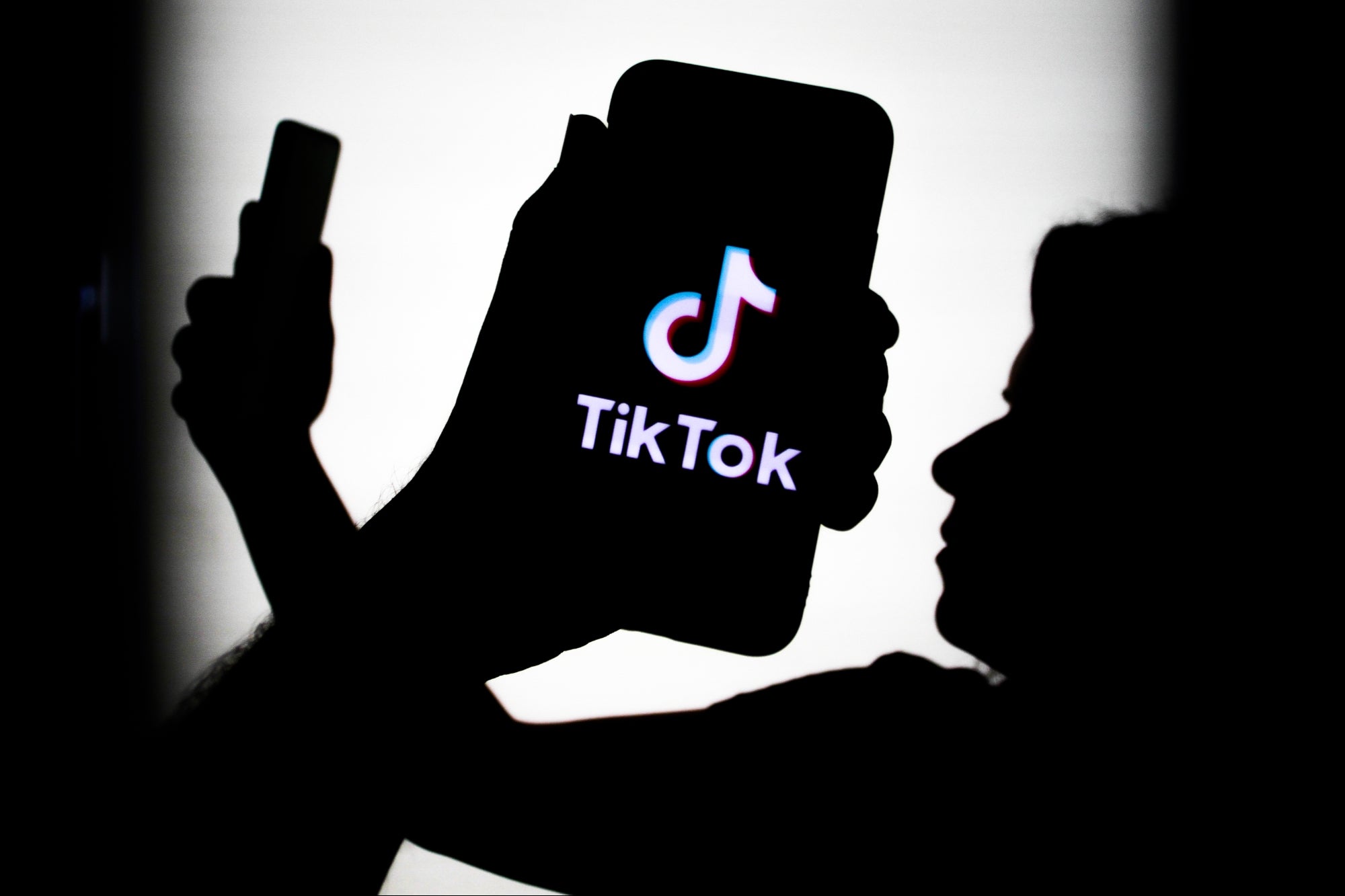Gamification, A Rising Business Model In Edtech The usage of immersive technologies such as AR, VR and MR in gamification is expected to become a norm in edtech
By S Shanthi
Opinions expressed by Entrepreneur contributors are their own.
You're reading Entrepreneur India, an international franchise of Entrepreneur Media.

Edtech startups such as Byju's, Matific, Cuemath, Lido Learning and others consider gamification as the future of online learning. According to a study by BlueWeave Consulting, the global education gamification market reached $697.26 million in 2020, growing at a CAGR of 29 per cent during 2021-2027.
The key to success in edtech, especially for the K12 segment, is "engagement'. The more you engage children, the faster the growth.
"We have realized that in the formative years of a child, a lack of understanding of maths often leads to "math anxiety" for a lifetime. This is because the traditional methods of teaching the subject that encourage children to rote-learn formulae is an area which not everyone excels at for a variety of reasons. Therefore, to make math learning less of a tedious task and to enhance the quality and method of math learning, we offer innovative educational games such as puzzle cards, workbooks, tabs and math boxes," said Manan Khurma, founder and chairman, Cuemath, a startup that offers maths classes for kindergarten to 12th grade and coding for children from Grade 1 up to Grade 12.
To retain costumers, that is in this case the children, gamification is being considered the most effective tool, especially since kids today have a lesser attention span than previous generations. Gamification is thus used in different ways today. While some companies bring gamification on screen like mobile games or app development, others bring it off-screen like board games or STEM toys. "In our six years of working with students globally, we learned that kids use all their senses when they learn, so a hybrid model is the most effective way, in which they have a controlled and active learning screen time and equally offline learning on building blocks or puzzles or electronics projects," said Sharad Bansal, co-founder, Tinkerly.
Gamification also promotes the idea of rewards, which further motivates children. "Think about the gold star or sticker you used to get as a child in school every time you did something first, or best, or some other parameter. Apart from the internal sense of achievement, this gives a child social currency, which prolongs the journey of gratification. That's gamifying education to ensure that the child keeps wanting to level up and returning to do more in the hopes of some sort of reward or positive reinforcement for their effort," said Sahil Sheth, CEO and founder, Lido Learning, a 2019 launched startup, which offers small group tuition classes in maths, science, English, and coding from KG to 12.
New Trends Within Gamification
To ensure learning continues through the pandemic, we have been seeing further innovations in the space. For instance, conventionally, either the "freemium subscription model' where users access limited features and limited levels of game or content in the free version and upgrade to paid subscription to access further or the "free trial subscription model' was used in the gamification segment. "Post-COVID in coding/language classes, when live 1:1 classes or short group classes became mainstream, companies explored the "free trial class model' in which you get 1 free class with a live teacher and if the learner likes it, they can purchase a complete course as per available offerings," said Bansal of Tinkerly.
Flexible pacing that allows students to move through the course with no time constraints and deadlines, actual gaming included in the teaching methods and mobile-friendly learning are the other trends in the space.
"Recently, few companies have introduced DIY kits/STEM toys with digital content. In that case, users can also purchase the kit from an online or offline retail shop and get access to the free content library on a mobile app. Since COVID, parents have shown their wide acceptance to pay for teachers' time in live classes and also the physical hardware like kits, toys and tablets for a better engagement for kids," added Bansal of Tinkerly.
Scope For Innovation
Gamification is expected to see further innovation. "Tech tools that enable children to have fun and see their learning in action will have the maximum success and resonate the most. I believe the industry will increasingly leverage artificial intelligence (AI), micro-credentials, big data, virtual and empowered reality, blended learning, cloud e-learning, mobile learning, Internet of things (IoT), and online video to gamify learning to achieve these two objectives," said Sheth of Lido Learning.
Schools are also expected to start adopting game-based methods of teaching and learning within their regular curriculum to motivate students. "The K12 segment of the education system will benefit greatly from this as they are the founding generations who will adopt technology in the most integrated way to learn and grow and pave the path for joyful learning for their successors," said Prodigy Education's Satish.
Additionally, games that allow practical applications have a huge potential to grow and are in demand today. "This is because not only does it help children to hone their imagination prowess but also allows their knowledge to find real-world applications and benefits of the subject matter. Students can get a first-hand look at how their choices within the game result in consequences or rewards," said Khurma of Cuemath.
"Almost 80 per cent of learners are more effective with gamified practices. Moreover, with a whopping 97 per cent of kids playing computer games, teachers will continue to gamify their classroom practices," said Amit Agarwal, director and CEO, OckyPocky.
Agarwal believes that in the next 12-36 months we will see more gamification of marketing and sales activities in edtech and gamification will offer more robust data and insights to improve digital products and it will partner with immersive Technologies (AR, VR, MR). Additionally, AI, blockchain technology and IoT will be synced to gamification.













